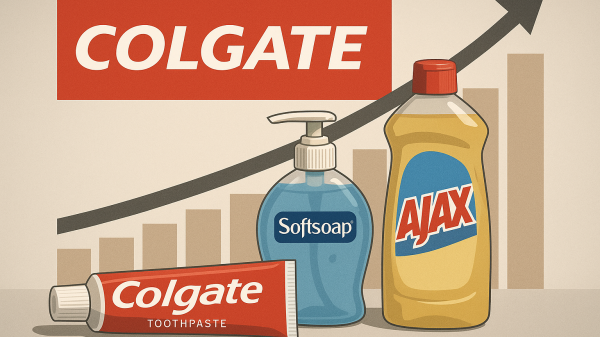The Neos S&P 500(R) High Income ETF (SPYI) stock price has done well this year and is now hovering at its record high. In addition, the fund has an 11% yield, much higher than the Vanguard S&P 500 ETF (VOO), which yields just 1.1%.
Why the SPYI ETF yields too much
The SPYI ETF is one of the top exchange-traded funds that has become highly popular among income-focused investors. It has grown into a large fund with over $5.5 billion in assets under management, a figure that continues to grow.
Most investors buy SPYI and other covered call ETFs because of its high dividend yield and the fact that it provides exposure to the blue-chip S&P 500 Index. In most cases, investors use it to complement their income.
The Neos S&P 500(R) High Income ETF works by using a dual strategy. It initially starts by buying all companies in the S&P 500 Index based on their weightings. As a result, its top holdings are companies in the Magnificent 7, who include popular names like Nvidia, Microsoft, Apple, Amazon, and Meta Platform.
Investing in the companies in the S&P 500 Index provides the fund with growth and their dividends. The other part of the strategy involves using the options market to generate return.
It does that by writing or selling call options on the S&P 500 Index. By doing this, the fund receives a premium, which it then uses to distribute to its shareholders.
This strategy mirrors that of the other covered call ETFs, including the popular JPMorgan Equity Premium (JEPI) fund. The difference, however, is how it is managed to boost returns and minimize taxes. For example, it uses some tax loss harvesting strategies to reduce the amount of money it pays to the government.
Why VOO ETF is better than the SPYI
The Vanguard S&P 500 ETF is a fairly simple one in that it invests in companies in the S&P 500 Index. It is a passive fund, which helps it to reduce the fees it charges its customers.
It charges just 0.03% annual fee, which is a negligible amount considering that a $10,000 investment will cost about $3 to manage in a year. SPYI has an expense ratio of 0.68%, meaning that a similar investment will cost $68. These costs will always add up.
It is always worthwhile to pay a higher fee for an ETF that has a long track record of performance. In this case, the SPYI has a bigger dividend yield than the VOO.
However, the reality is that its total return trails that of the VOO by far. For example, the VOO ETF has had a total return of 14.3% this year, while the SPYI’s was 12.50%.
Similarly, the VOO ETF’s return in the last three years was 91%, much higher than SPYI’s 65%. In other words, an investor who bought $10,000 in SPYI three year ago has $16,500, while the one who bought VOO has $19,100. That makes the VOO ETF a better buy in the long term. The SPYI ETF, however, can be a good alternative to fixed-income assets like bonds.
The post Here’s why I’d avoid the 11% yielding SPYI ETF and buy VOO appeared first on Invezz


































